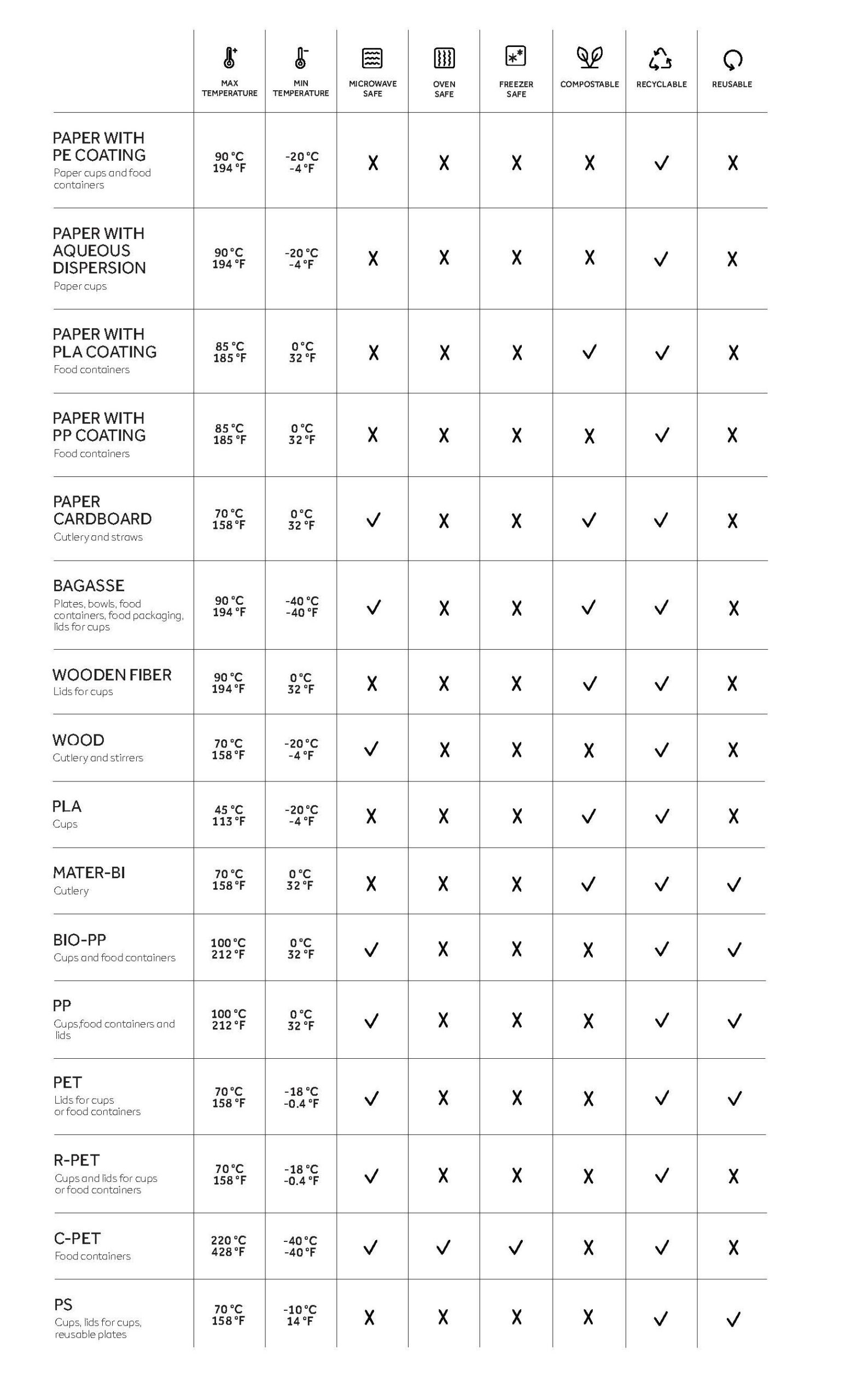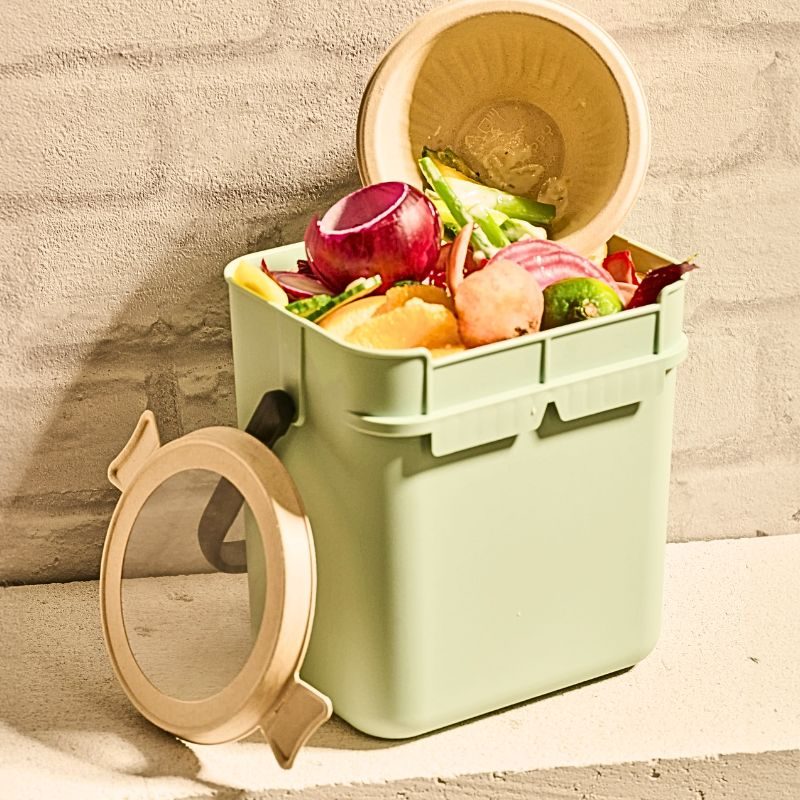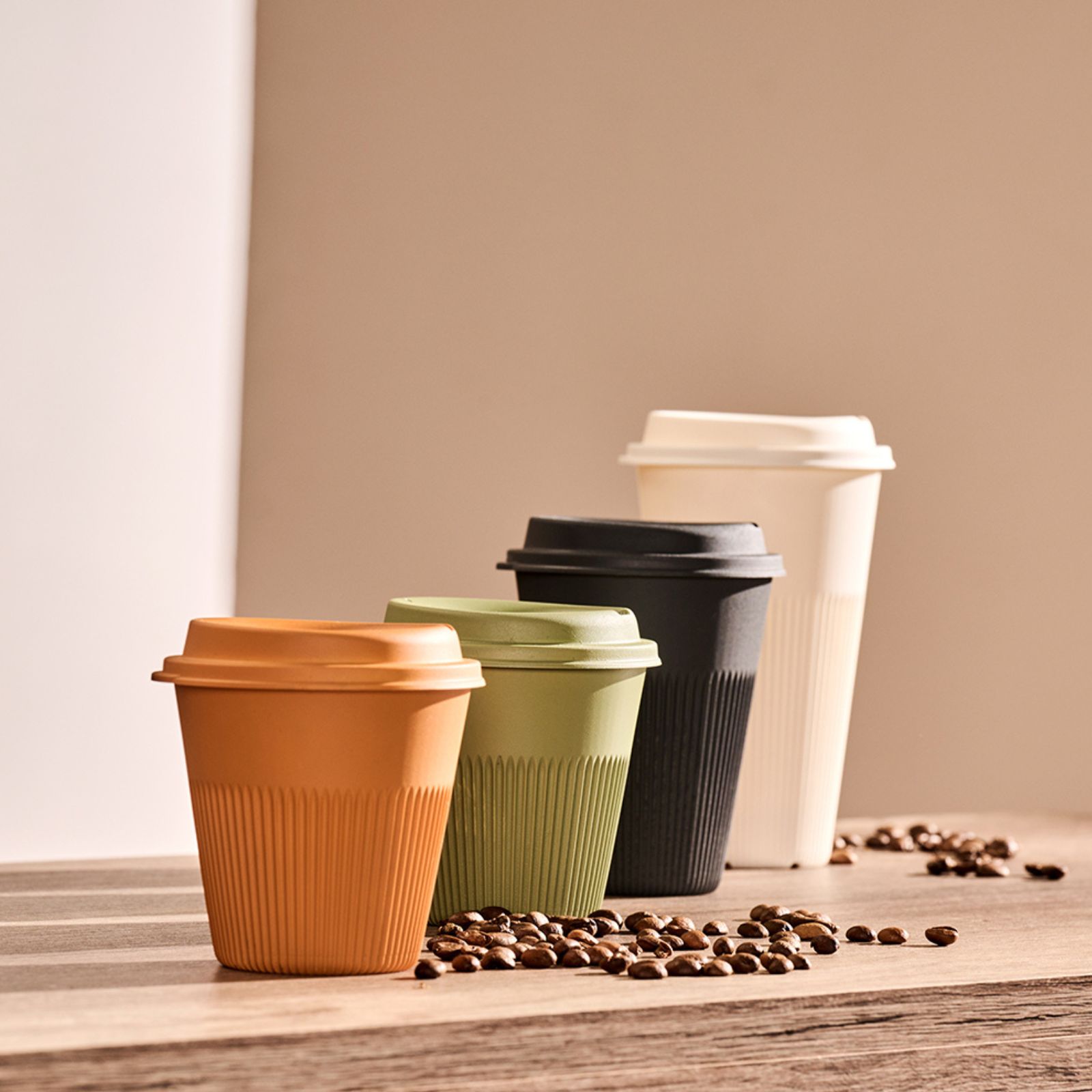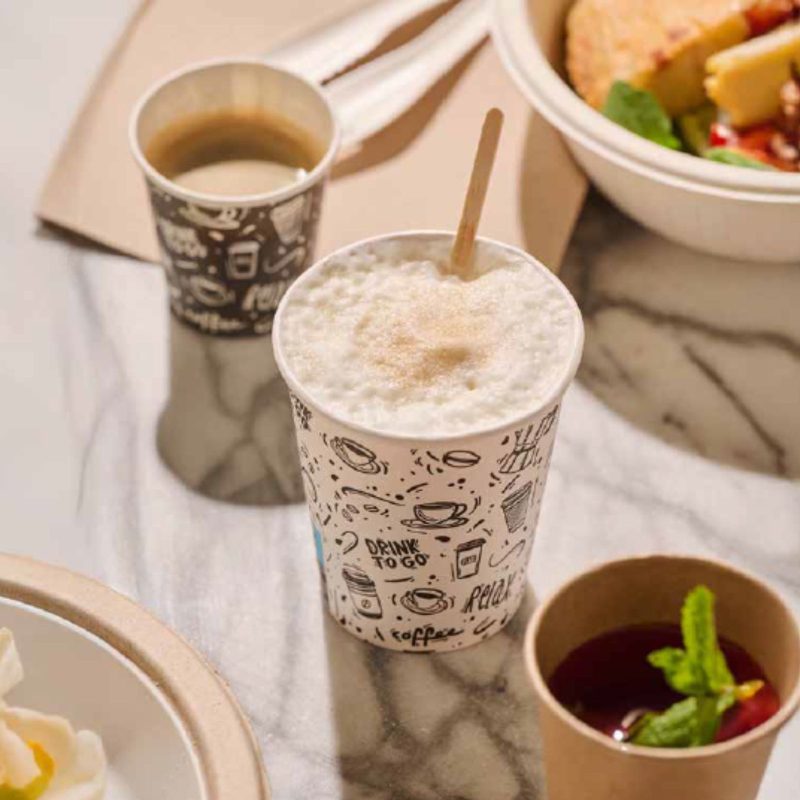MATERIALS FOR A GREENER FUTURE
Innovative solutions designed to reduce waste and support circularity.
DRIVING SUSTAINABILITY THROUGH SMARTER MATERIAL CHOICES
We are committed to transforming the future of food packaging by using materials that are compostable, recyclable, and reusable, helping to build a truly circular economy.
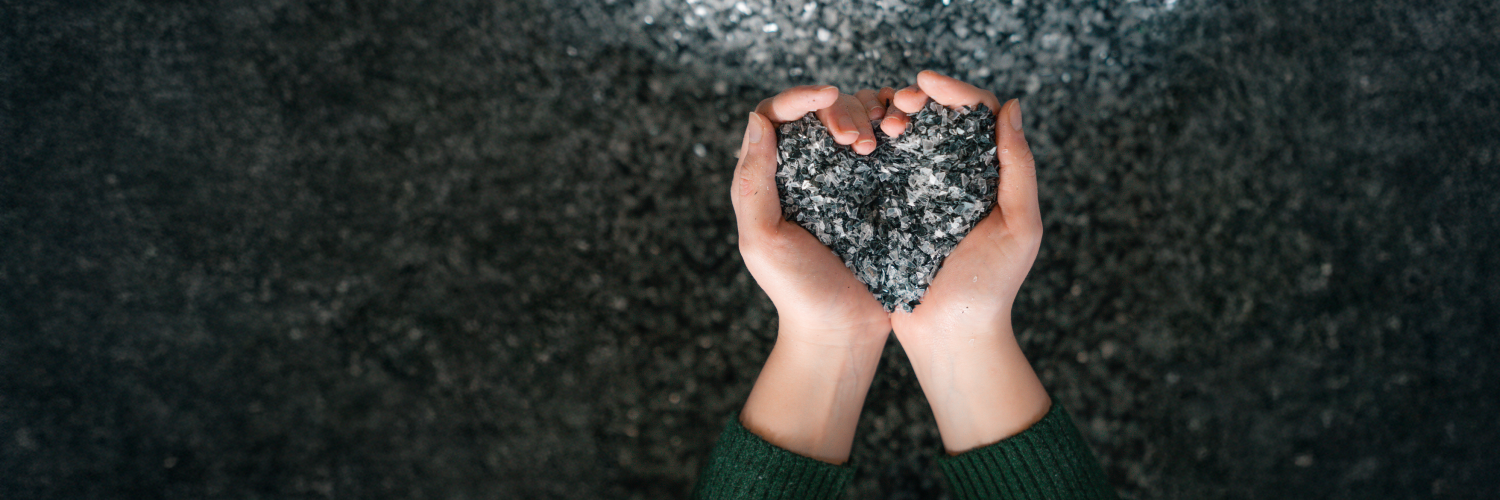
Sustainable materials are thoughtfully chosen to reduce environmental impact while ensuring effective packaging performance. These materials are often biodegradable, compostable, or recyclable, helping to lower waste and pollution. By adopting eco-friendly alternatives, food packaging moves toward the principles of a circular economy, where resources are used efficiently and waste is kept to a minimum.
SUSTAINABLE PACKAGING OPTIONS
LIST OF MATERIALS
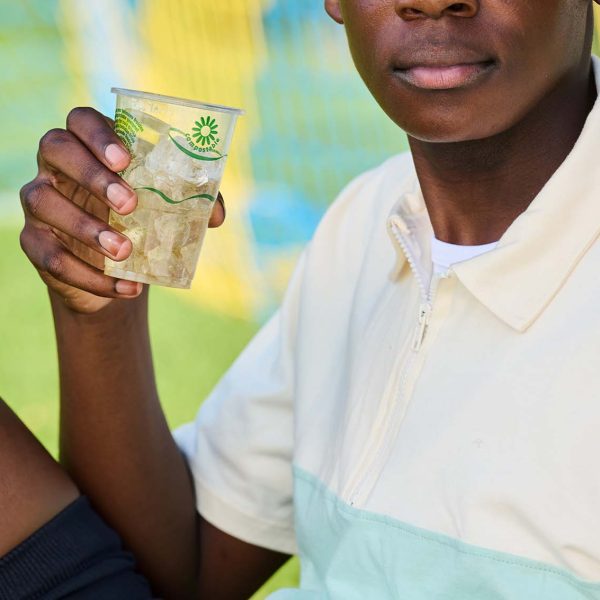
PLA
PLA is a bioplastic made from fermented sugar or starch, like corn. It’s biodegradable, printable, and ideal for cold drinks and frozen foods. Certified by DIN CERTCO under EN 13432, our PLA cups break down 90% in under 6 months in proper composting conditions.
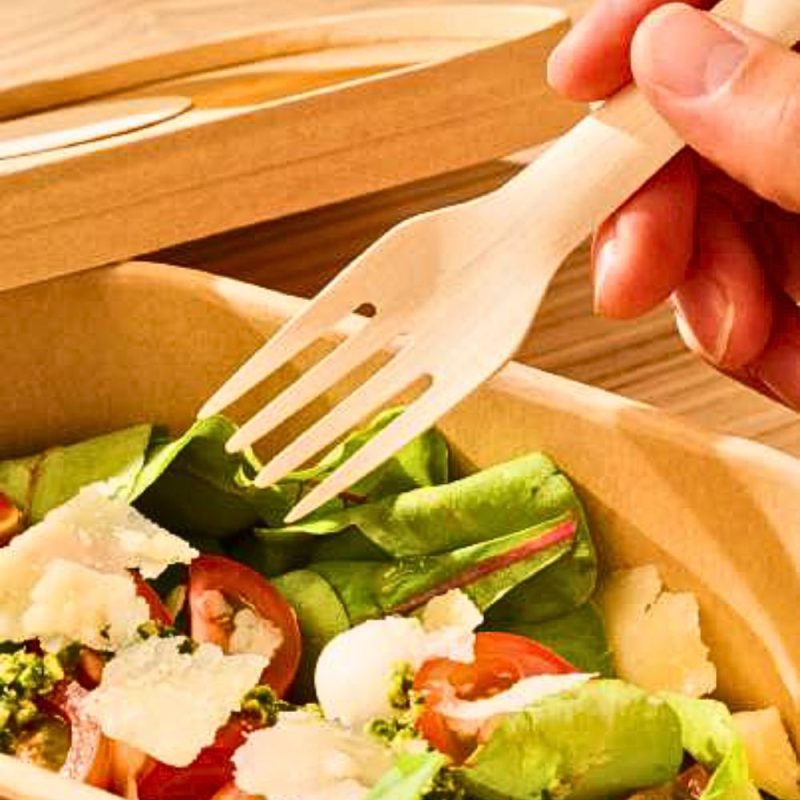
WOOD
Made from sustainably sourced wood, this material is ideal for eco-friendly cutlery. Naturally biodegradable, strong, and food-safe, it offers a smooth finish and a quality dining experience. Perfect for forks, knives, spoons, and stirrers, it supports sustainability goals.
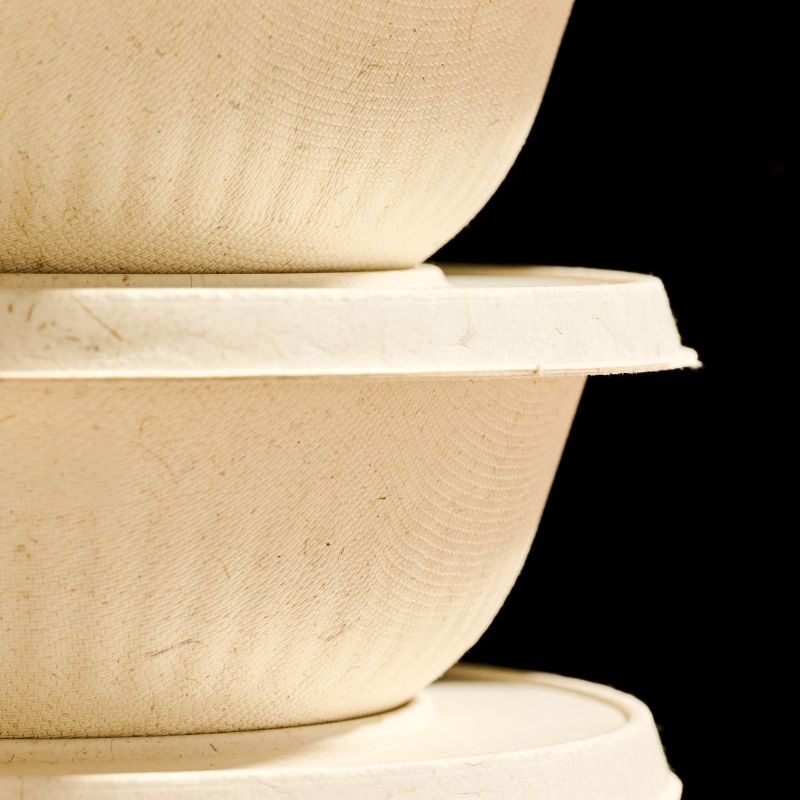
BAGASSE
Bagasse is a sustainable, compostable byproduct of sugarcane. Strong and heat-resistant, it’s ideal for plates, bowls, and eco-friendly packaging. With a smooth, natural finish, it handles hot and cold foods—perfect for businesses seeking durable, plastic-free alternatives.
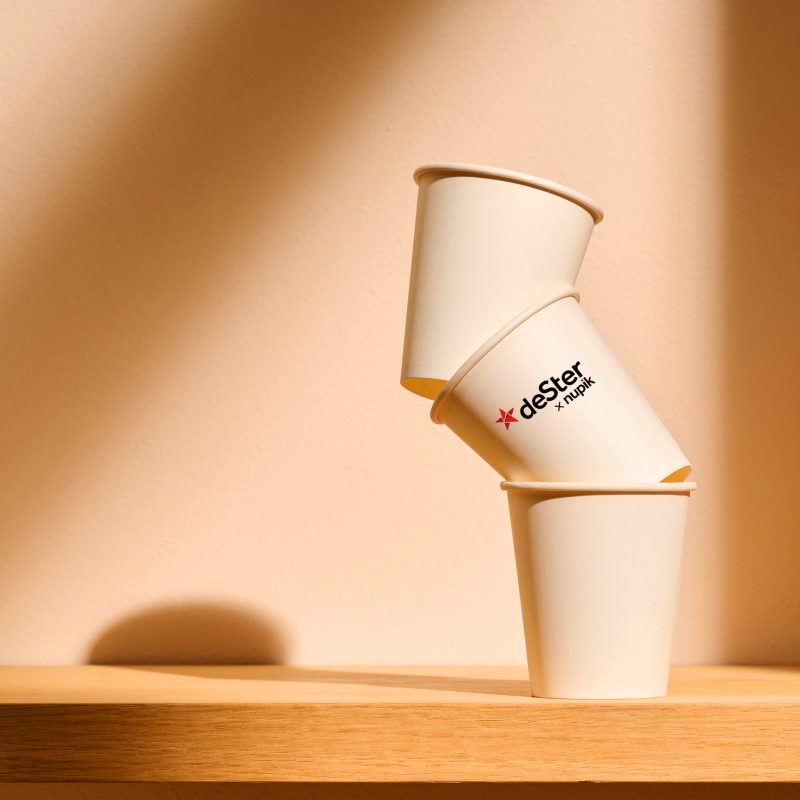
PAPER WITH
AQUEOUS DISPERSION
Aqueous-coated paper is a sustainable choice for cups and food packaging, offering grease and moisture resistance while remaining biodegradable. Its smooth, food-safe surface is ideal for printing, eco-friendly, high-performance materials.
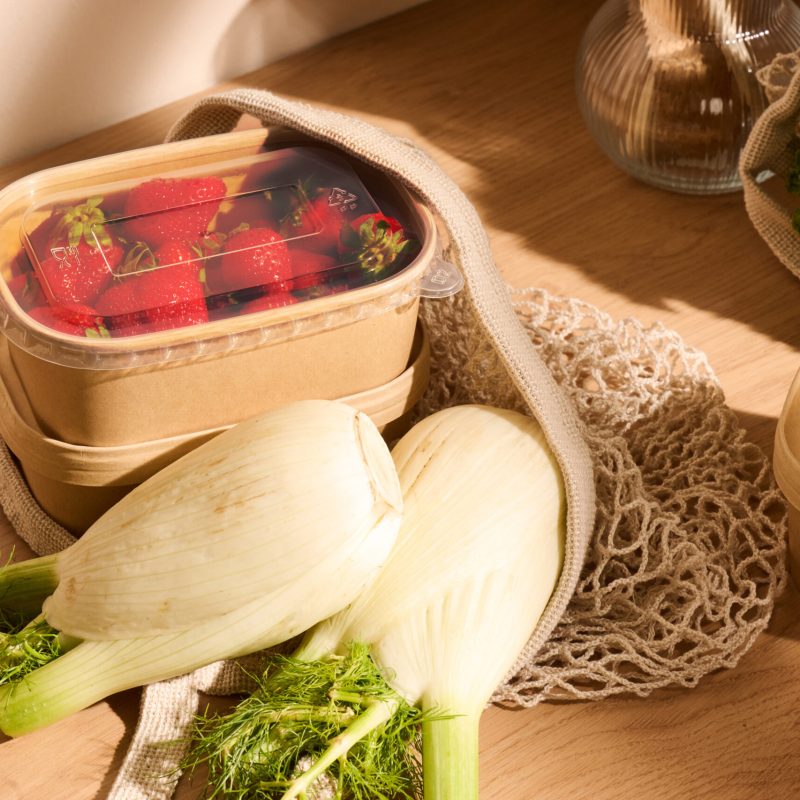
PAPER WITH PE COATING
PE-coated paper is ideal for food packaging and drink cups, offering moisture and grease resistance. Lightweight yet sturdy, it ensures safety and easy handling. Custom-printable and food-safe, it’s a versatile, high-quality option that supports both branding and performance.
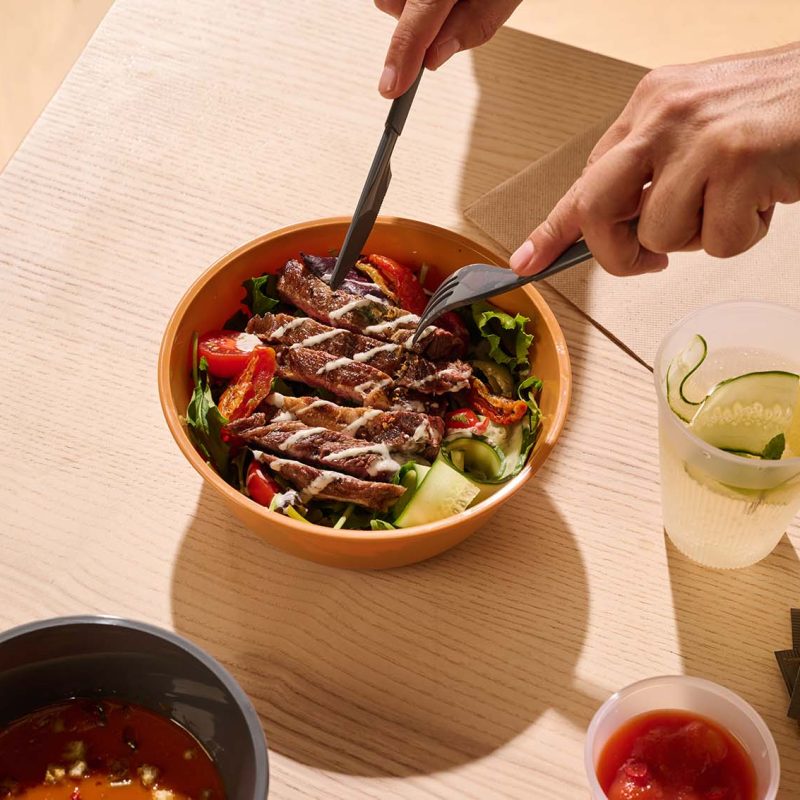
PP
Polypropylene (PP) is a lightweight, durable, and heat-resistant material ideal for cups and food packaging. It’s food-safe, recyclable, and customizable—perfect for hot or cold use. PP offers a practical, eco-conscious, and cost-effective solution for reliable packaging.
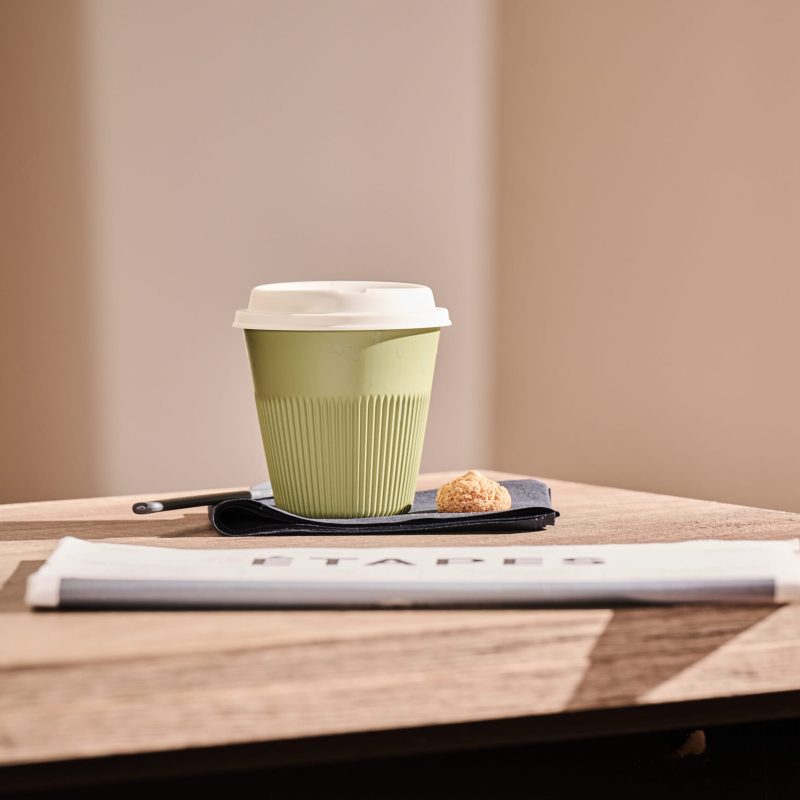
BIO PP
Bio-polypropylene is a sustainable alternative to conventional plastic, offering the same strength, heat resistance, and lightweight design. Made from renewable sources, it’s food-safe, recyclable, and ideal for eco-conscious brands seeking durable, high-performance packaging.
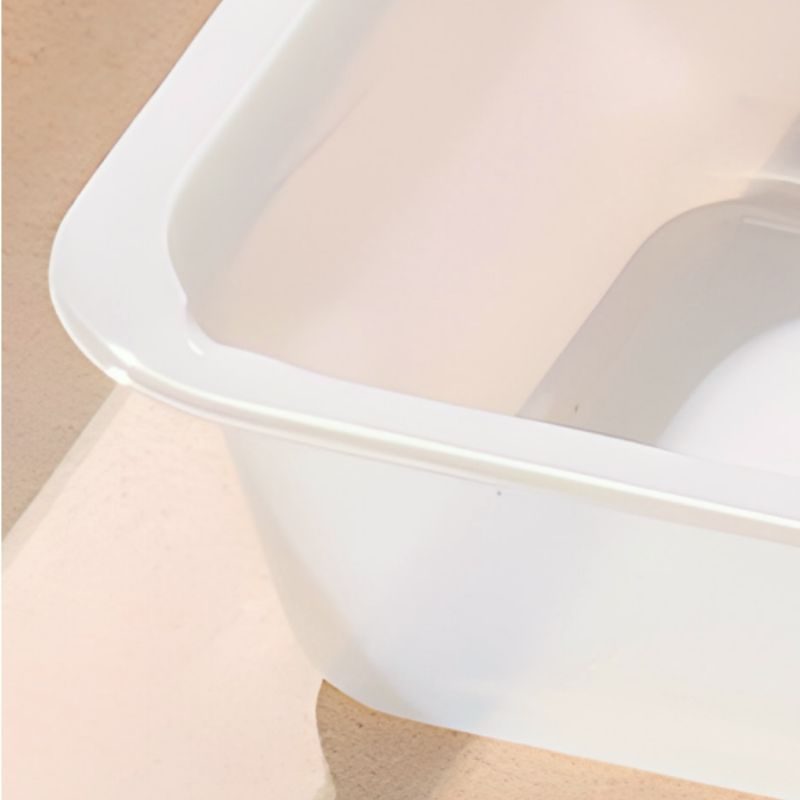
C-PET
C-PET is a heat-resistant, durable material ideal for ready meals and oven-safe trays. With great thermal stability, clarity, and recyclability, it suits hot and cold use while supporting sustainability. Food-safe and reliable, it’s a smart choice for high-performance packaging.
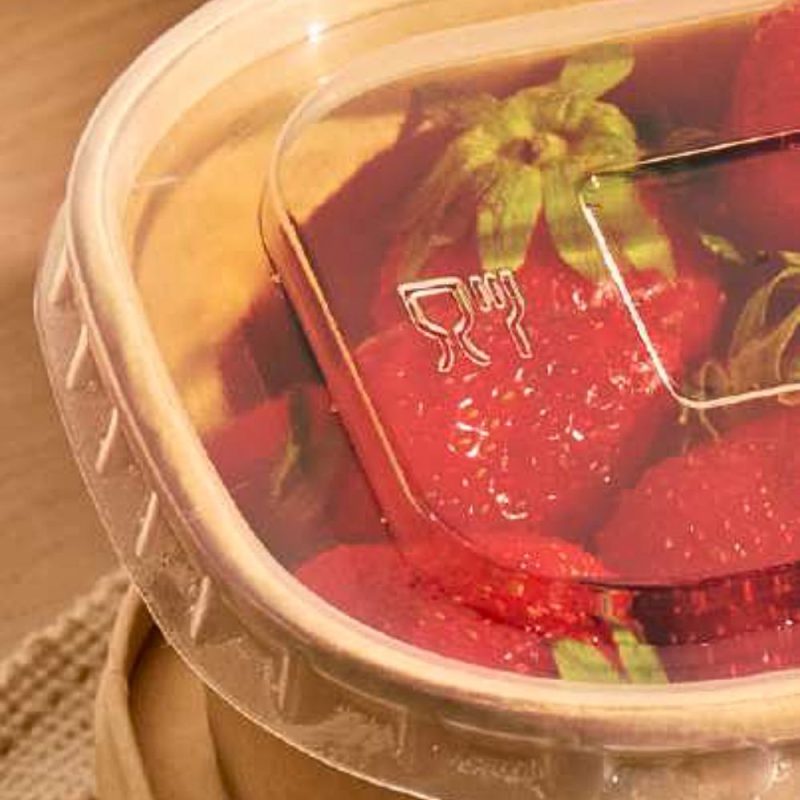
R-PET
R-PET is a recycled form of PET, used in food packaging like lids, bottles, and containers. It reduces plastic waste and reliance on virgin materials, supporting sustainability and a circular economy. Durable and clear, R-PET is an eco-conscious choice for modern packaging needs.
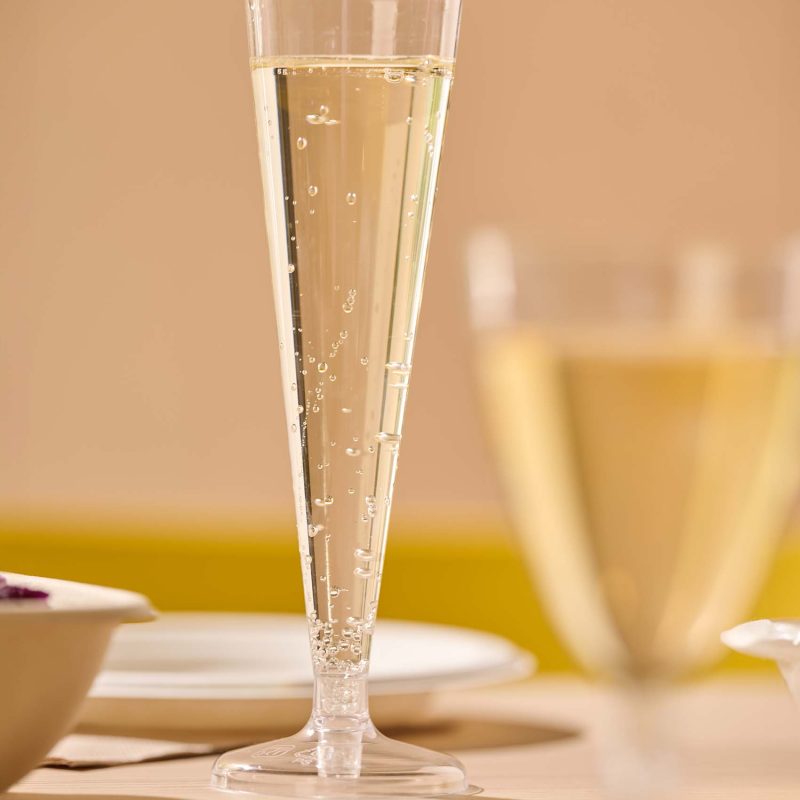
PS
Polystyrene is a rigid, lightweight material ideal for cups, cutlery, and plates. It offers great insulation for hot and cold items, with a smooth, printable surface. Cost-effective and food-safe, it’s perfect for high-volume disposable foodservice needs, combining performance and value.
COMPOSTABLE VS. BIODEGRADABLE
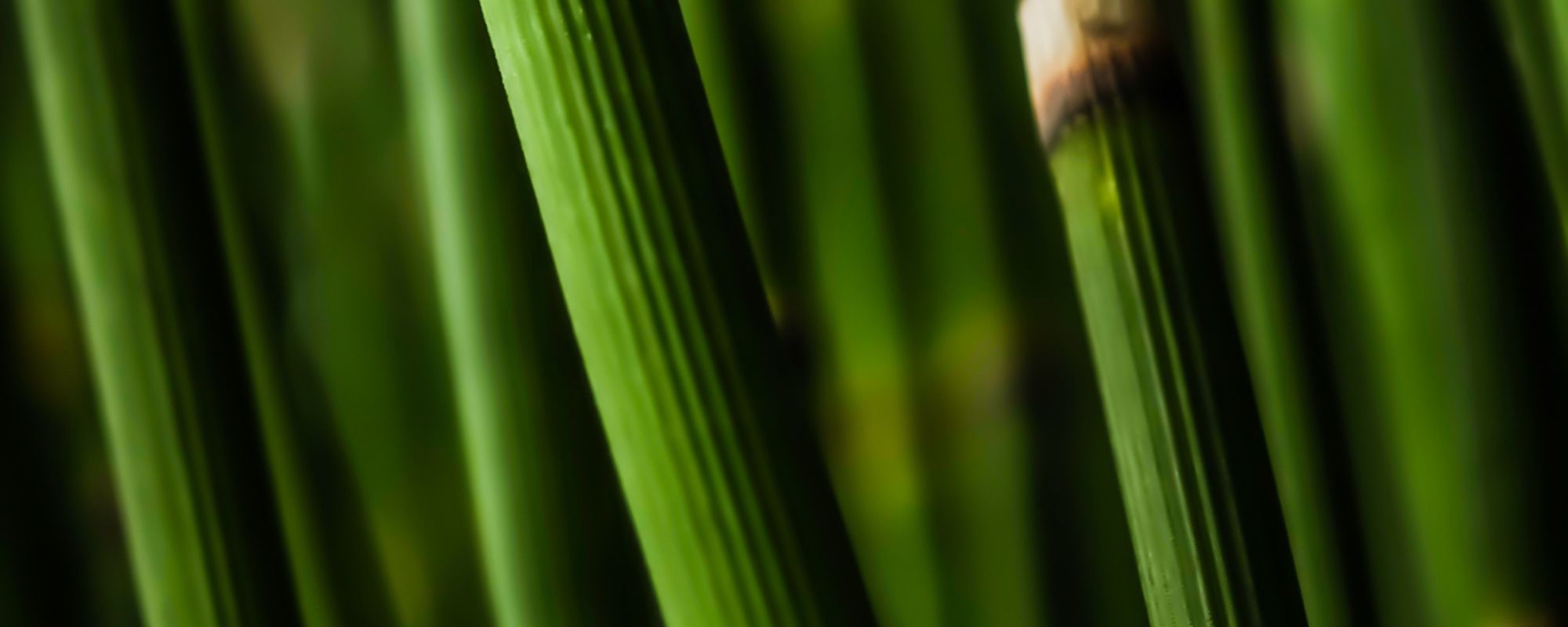
What Does It Really Mean?
You’ve probably seen these words on packaging, but what’s the real difference?
Biodegradable means a material breaks down naturally with the help of microbes. But it can take a long time—some plastics may stick around for centuries.
Compostable materials, instead, break down faster under the right conditions, turning into clean, healthy soil without leaving harmful residues. This can happen in industrial composting (around 6 months) or at home (up to a year).
So while both are better for the planet, compostable is the cleaner, quicker option for going green.
MATERIAL PROPERTIES
Eco-friendly packaging materials focus on sustainability by being biodegradable, compostable, or recyclable. Often made from renewable resources, they help reduce waste and pollution, supporting a circular economy and promoting long-term environmental responsibility.
